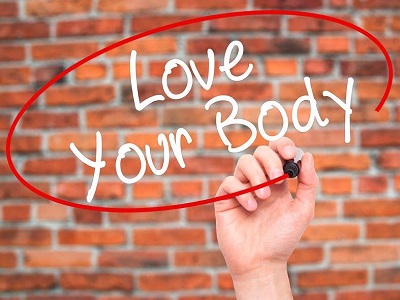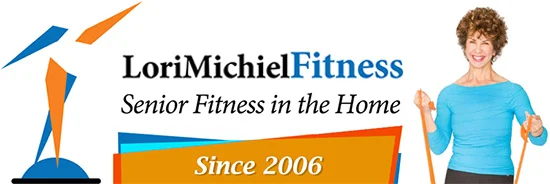 Exercise is different for everyone because each of us begin at different levels. You can learn techniques to safely modify exercise intensity whether you are returning to working out or starting fresh. In a question and solution format, we will address two specific areas of the body that our clients complain about the most. Check out this Exercise Snack Video for exercises that will help reduce discomfort in your knees and hamstrings.
Exercise is different for everyone because each of us begin at different levels. You can learn techniques to safely modify exercise intensity whether you are returning to working out or starting fresh. In a question and solution format, we will address two specific areas of the body that our clients complain about the most. Check out this Exercise Snack Video for exercises that will help reduce discomfort in your knees and hamstrings.
Knees
Question: I am afraid to do squats because my knees always hurt.
Solution: Squats are one of the most common forms of exercise because they mimic the things we do every day. These movements are called “functional”. It is a type of workout that targets muscles used in routine tasks (like lifting things off the floor, sitting or getting out of a car or chair). This type of exercise is necessary to help prevent injury as well as maintain independence in older adults and seniors. Specific routines combine exercises to strengthen muscles around joints that promote balance, and boost stability, flexibility and mobility.
There are two ways to perform a squat correctly and safely. One way is to stand in front of a stable chair, but close enough so you can sit, if necessary. The other way is to stand with your back against a wall and slowly slide down until your knees and hips are bent about equal at a 90-degree angle. Remember in both situations, do not allow your knees to collapse over your toes. Maintain weight in your heels.
Hamstrings
Question: The back of my upper leg (hamstring) is always tight. I sometimes have pain walking. Can stretching help?
Solution: Hamstring muscles run from the back side of the thigh and connect below the knee into the gluteal muscles. The hamstring muscles can be tight because the front of the body is short in the hip/groin area, thus those muscles pull on the back of the leg.
Tight hamstrings can be the result of poor posture. This tightness may also occur during sports, a fall, even performing traditional or specialized exercises such as dancing, yoga, etc. Besides stretching, you can strengthen your hamstrings by doing Dead Lifts, as seen demonstrated in our Exercise Snack Video.
Stretching Instructions:
- Do not expect to stretch once a day and expect relief.
- Do not hold your stretch for less than the time it takes to feel the gentle ‘pulling’ sensation in the back of your leg.
- Hold your position for no less than 15 to 20 seconds, repeat at least three times.
- Repeat your stretching routine often, at least three times a day if you want results.
Examples of hamstring stretches can vary from lying on the floor and holding a towel or strap behind your thigh or foot, to standing poses, lying on your back with one leg at a time up the wall, or specific stretches while lying on a massage table or firm mattress. Whichever stretch you choose, make sure someone who is a skilled professional is monitoring your movements.
Final Tips:
The American College of Sports Medicine and the U.S. Department of Health and Human Services Guidelines include the following recommendations relevant to people who have arthritis:
- Individuals should self-monitor their intensity level to guide the level of effort.
- Practicing correct form will keep injuries at bay.
- Individuals just starting out should begin with light- or moderate-intensity with just a few repetitions of muscle-strengthening exercises.
- When ready to start progressing, individuals should first increase the amount of time spent on endurance activity before increasing the intensity with heavier weights or tighter bands, etc.
- Time should be increased in small, comfortable increments to reduce the risk of injury.
Signs of Overexertion and Distress
- Unusual pain, or greater than normal pain, that lasts two hours after exercise
- Excessive fatigue or increased weakness
- Joint swelling
- Chest pain or heart palpitations
- Unusual paleness or sweating
- Dizziness
For more tips and fun ways to be more active, reduce the pain associated with arthritis or injury, increase your balance, please contact us. You can also refer to our FAQ page aka Questions and Answers, follow us on Facebook or check out our website at www.lorimichielfitness for other important fitness information, email us or simply call us at 818-620-1442 for a consultation.
